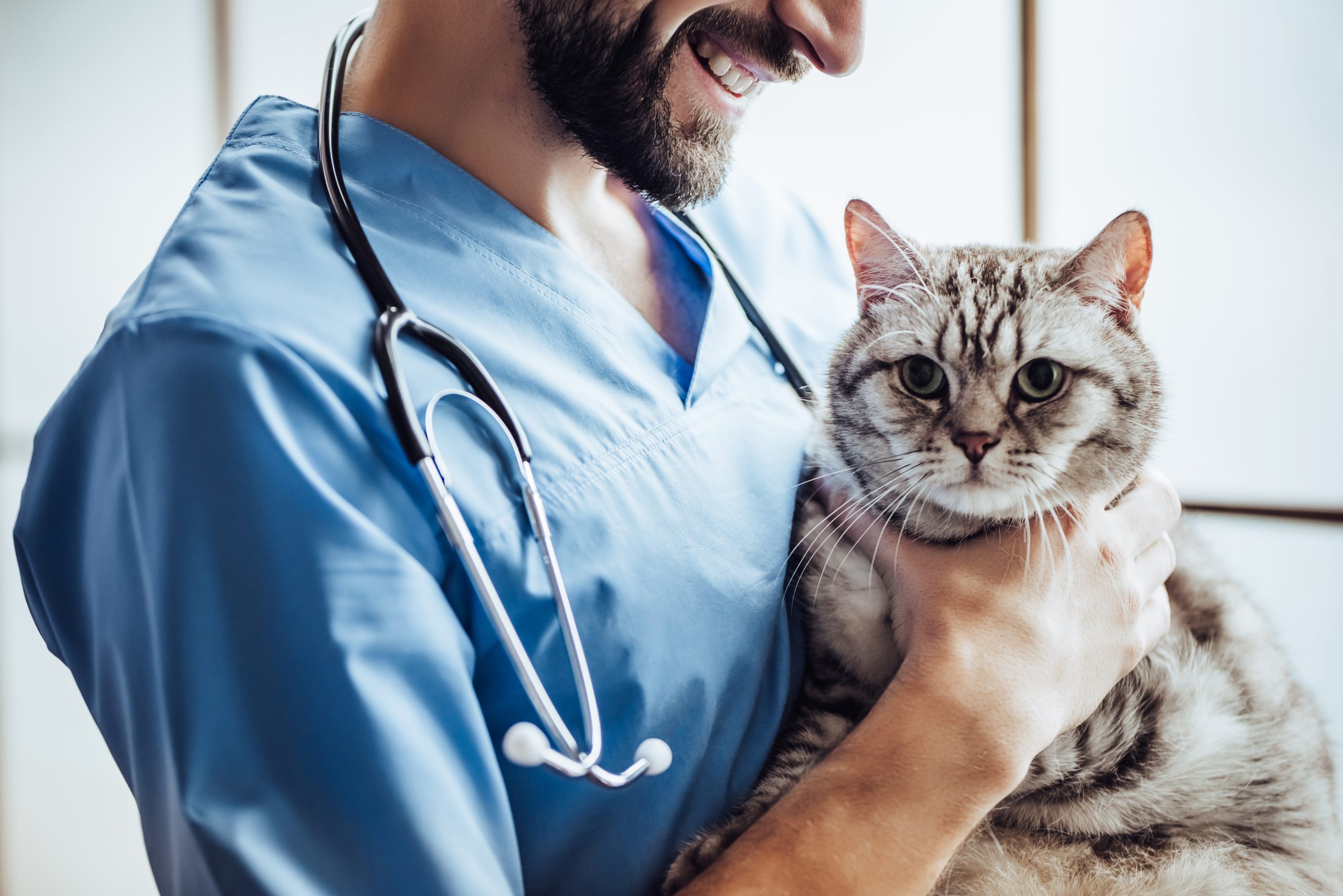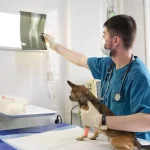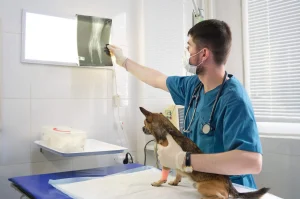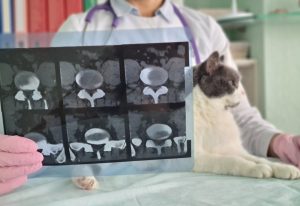
Sudden weight loss in cats is a nonspecific but clinically significant presentation in feline medicine. While mild fluctuations can occur due to changes in appetite, activity, or stress, sustained or unexplained weight loss often reflects an underlying systemic condition.
Veterinarians should look at feline weight loss as a potential indicator of chronic illness or metabolic dysfunction. Early recognition and a structured diagnostic workup are essential, especially in older cats where multiple comorbidities may be present.
Key Differential Diagnoses in Feline Weight Loss
The most common causes of sudden weight loss in cats include metabolic, neoplastic, and gastrointestinal disorders. A differential list should be prioritized based on age, history, and physical findings. Key differentials include:
- Feline hyperthyroidism – Increased metabolic rate; typically seen in cats >8 years old. Look for concurrent signs such as polyphagia and hyperactivity.
- Feline kidney disease (CKD) – Common in aging cats; often accompanied by PU/PD, halitosis, and poor coat quality.
- Feline diabetes mellitus – Weight loss with polyuria, polydipsia, and increased appetite. Serum glucose and urine testing confirm diagnosis.
- Gastrointestinal issues in cats – Includes IBD, small cell lymphoma, or intestinal parasitism. Associated with malabsorption and chronic diarrhea.
- Neoplasia – Particularly lymphosarcoma or alimentary tumors; may present without GI signs.
Clinical Indicators Accompanying Weight Loss
While weight loss may be the primary concern, several additional clinical signs often accompany systemic disease:
- Polyuria and polydipsia (PU/PD) – Suggestive of renal insufficiency or endocrine pathology.
- Vomiting or diarrhea – Chronic GI disease or hyperthyroidism.
- Changes in behavior or activity level – Lethargy or irritability may indicate underlying pain, discomfort, or disease progression.
- Unkempt coat or poor grooming – Reflects decreased energy or systemic illness.
- Halitosis or oral discomfort – May point to dental disease in cats or metabolic acidosis.
Integrating these signs into your clinical impression helps refine differential diagnosis and triage for diagnostic testing.
Diagnostic Workup Approach for Feline Weight Loss
A systematic diagnostic approach is critical to determine the etiology of unexplained weight loss. Start with a thorough physical examination, weight trend evaluation, and history—including diet, environment, medications, and exposure to toxins or parasites.
Recommended baseline diagnostics include:
- Complete blood count (CBC) and serum chemistry panel – Identify anemia, renal parameters, hyperglycemia, or thyrotoxicosis.
- Urinalysis – Assess concentrating ability and detect glucosuria, proteinuria, or signs of infection.
- Thyroid hormone (T4) testing – Essential in middle-aged toolder cats.
- Abdominal imaging – Radiographs or diagnostic imaging for cats can detect GI thickening, masses, or organomegaly.
- Fecal analysis and parasite screening – Rule out intestinal parasite infection.
In complex or ambiguous cases, teleconsultation is invaluable. Consider veterinary teleradiology services or internal medicine consultations for veterinarians to enhance diagnostic confidence.
Treatment Pathways for Common Causes
Once a diagnosis is established, condition-specific therapy should begin promptly:
- Hyperthyroidism – Methimazole, iodine-restricted diet, or radioactive iodine therapy depending on case profile.
- Chronic kidney disease – Renal diet, phosphate binders, fluid therapy, and antihypertensives.
- Diabetes mellitus – Insulin therapy, low-carb diets, and glucose monitoring.
- IBD or lymphoma – Immunosuppressive therapy, B12 supplementation, and dietary modification.
Supportive care should also address hydration, nutrition, and management of energy balance, especially in cases of feline rapid weight loss.
When to Escalate for Specialty Consultation
Veterinarians should consider escalation when standard diagnostics are inconclusive or when comorbidities complicate treatment decisions. Refer to AxisVet’s clinical team for access to specialists in internal medicine, imaging, and pathology.
Situations warranting consult may include:
- Atypical progression of weight loss
- Concurrent endocrine and renal disease
- Ambiguous imaging findings
- Treatment-resistant cases
Learn more about the cost vs. value of veterinary teleradiology or explore how AI in veterinary teleradiology can enhance clinical decision-making.
The Bottom Line on Feline Weight Loss Cases
Feline weight change—especially when rapid or unexplained—is rarely benign. From hyperthyroidism in cats to neoplasia, the list of potential causes is broad, and many conditions are best managed with early detection and intervention.
For general practitioners seeking support with diagnostics, imaging interpretation, or treatment planning, AxisVet offers consultative services that complement your clinical workflow.
Consult with AxisVet Specialists to elevate patient outcomes and streamline care.




